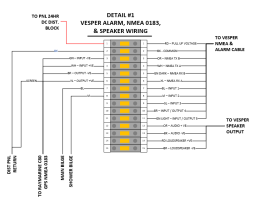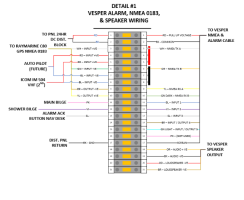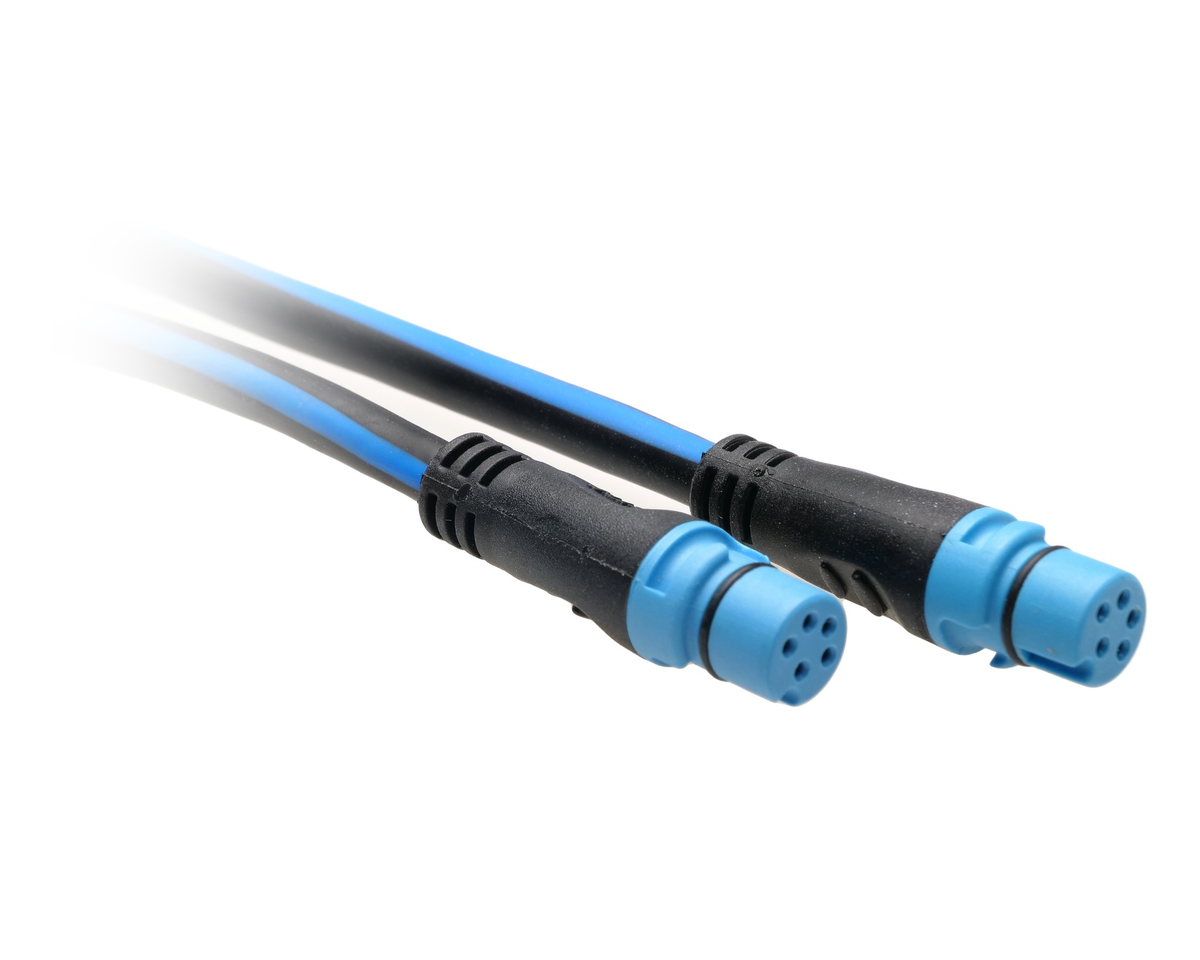I like a good puzzle, and your network setup is a great one. I’ve been thinking about your revised wiring. Unfortunately, I don’t think it will work. You need to set the baud rate for the Cortex NMEA0183 TX lines to 38,400 to be able to transmit AIS information to the C80. The C80 can handle receiving 38,400 baud data, but I doubt that either the ICOM M504 or your autopilot can handle the high speed NMEA 0183 data. Most NMEA 0183 RX connections expect 4800 baud.
Perhaps instead you connect the auto pilot and M504 to the C80 TX output with the TX output set at 4800 baud. Everything that the C80 receives should also get repeated and sent out its TX output. But this raises other questions. Does the C80 try to send all the received AIS data out its TX lines at 4800 baud? If so, this would saturate the data output lines. Maybe it decides that if the C80 TX lines are set to 4800 baud, it doesn’t repeat AIS data. Maybe you can tell the C80 not to output any AIS data. So I looked at the C80 manual and down the rabbit hole I went.
The C80 manual lists the NMEA 0183 sentences it understands and also lists the sentences it transmits. The manual lists just three letter codes, so research is needed to figure out what each three letter code means. The C80 manual says you can turn off transmitting individual NMEA sentences, but again research is needed to know which ones to turn off to stop flooding the C80 TX output lines with AIS data.
Also in the C80 manual specifications section was the list of the the C80 connectors. Included in the list was SeaTalk2/NMEA2000. !?! Not many Raymarine devices have SeaTalk2 and I’ve always assumed that it was another proprietary SeaTalk protocol and cabling. Not so. Apparently it is NMEA2000 over a proprietary Raymarine cable. There is a Raymarine SeaTalk2 to SeaTalkNG cable,
A06048, that you can use to make a NMEA 2000 adapter cable. Cut off the SeaTalkNG connector and attach a
field installable male NMEA 2000 connector. Now you can connect your C80 directly to a standard NMEA 2000 network. The Cortex also has a NMEA 2000 connector, so the Cortex can send the AIS data to the C80 over the NMEA 2000 network and you don’t have the problem of NMEA 0183 baud rates and saturated data lines.
Maybe.
This
eight year old post from Raymarine support says that the Raymarine E-series MFDs support NMEA2000 data on the SeaTalk2 connector except for AIS transceivers. Does that mean it cannot control the AIS transmitter, but can receive AIS data? I don’t know. It also says to update your device to the latest software, which is always a good idea. That post is eight years old, and perhaps things have changed. If you want to go this route, check with Raymarine support first and find out if your C-series MFD can receive AIS data over the SeaTalk2/NMEA2000 connector. Being able to move to a NMEA2000 network helps modernize your network and makes it easier to integrate other devices in the future.
Regardless of the path you choose, you should check with Raymarine support to find out if what you want to do is feasible.
Like I said, down the rabbit hole I went.




